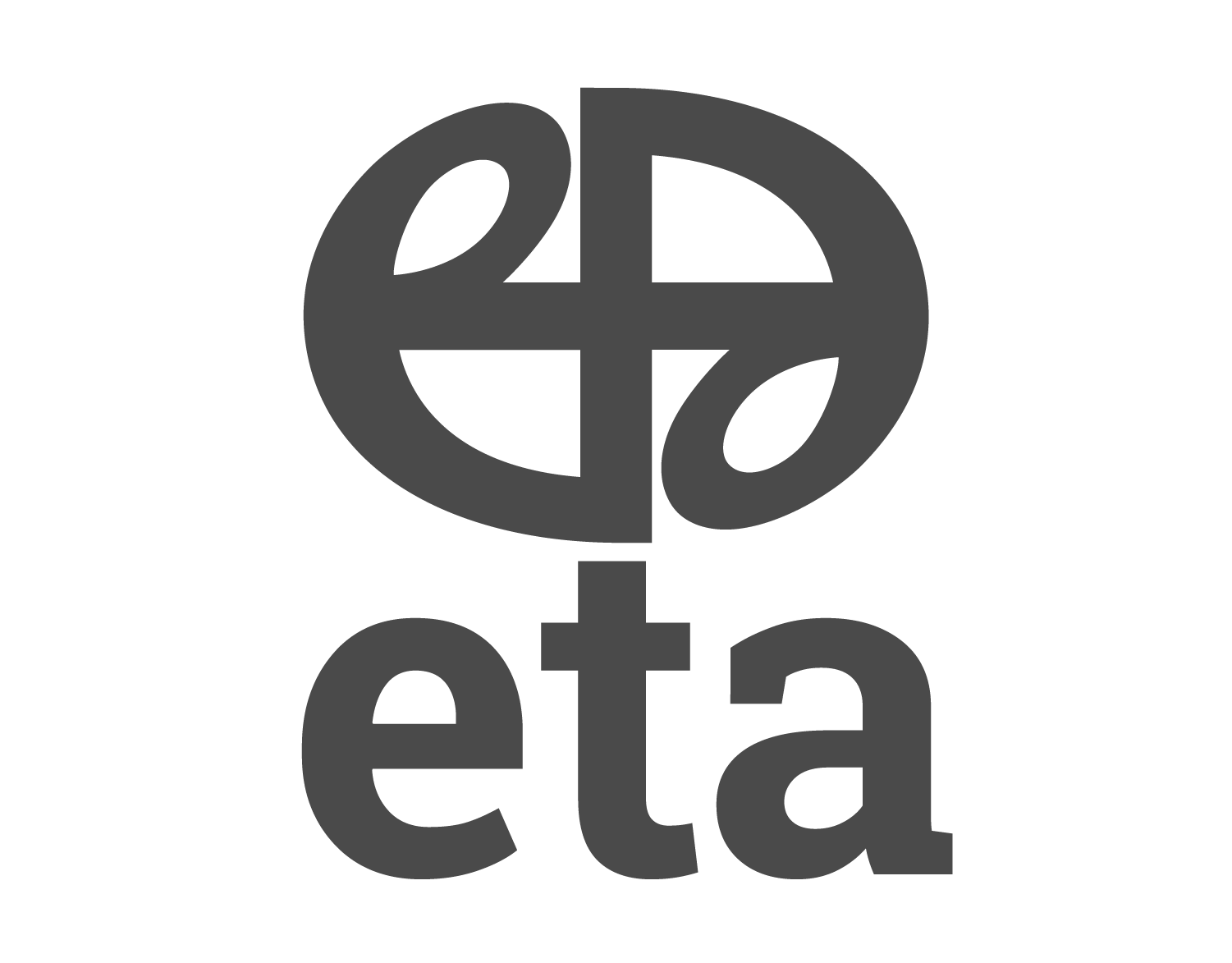Moss Adams and eta consulting conducted a webinar on using Toyota’s Lean methods to improve processes and employee capability. During that webinar, a number of questions asked via chat went unanswered for lack of time. eta consulting’s Rishi Malhotra has answered them here.
Q1: Can a “Lean Office” be implemented one department at a time or does it need to be a company-wide shift to be most effective?
We sometimes start with a single process that is radically improved in a week-long kaizen event. Improvements come from the ideas of people, who may be from different departments, actually working in the process. It is typical to start with a bottleneck process or department rather than with the entire organization so the efforts undertaken seem meaningful and results are seen quickly, both of which contribute to buy-in.
Q2: Can you help with construction?
We have worked in precast concrete manufacturing, electrical contracting in construction, and chemical floorings. Lean methods are very applicable to construction because they are geared to ensuring customers get precisely what they want, where they want it, and when they want it.
Q3: The process improvements have possibilities, but what happens when you run into a department that is “too busy” to make changes?
Lean is most required by those organizations that have too much work. Leadership support is essential to getting the first few dominos in any Lean journey to fall. We help secure buy-in via charter sessions, which take 1-4 hours of a team’s time to define the problem and show what sorts of results Lean can get them within one week. Most employees are convinced when faced with a concrete plan of action.
Q4: Love to hear about an example in the accounting area.
- Enhancing cashflows by increasing inventory turns
- Improving the customer experience by shortening time required to qualify customers in to the AR process
- Reducing costs by reducing the PR to PO conversion cycle time
- Eliminating errors by making the Procure to Pay process more efficient
- Shortening the month-end close process
Q5: Is it possible to look at implementing better lean processes without becoming a full on culture of this with Lean officers etc.?
If we look at Lean activities as a spectrum, at one end we have kaizen events which lead with process development while at the other end is the Lean Office which leads with people development. The former can involve just one person. The latter tends to involve teams. Examples of a single person improving their workstation using Lean ideas abound on YouTube.
Q6: What are some specific examples of lean in practice? We’ve seen a lot of what it can do. What is an example of an improvement?
Here are some specific examples:
- Reducing cycle time from 20 hours to 5 hours
- Reducing warehouse kitting time from 2 hours to 10 minutes
- Increasing manufacturing capacity and reducing batch sizes by reducing change-over time from 44 minutes to 4 minutes
- Eliminating overtime by creating flow in an assembly line
- Doubling throughput with additional manpower or CapEx
In addition, following are a couple of graphs we use in our case studies to demonstrate Lean’s financial impact:
If you’d like to ask us any questions about how you might use Lean, please connect with us at:
Steve Fineberg, stephen.fineberg@mossadams.com, 530.400.1870
Rishi Malhotra, rishi@increaseeta.com, 775.287.6168


